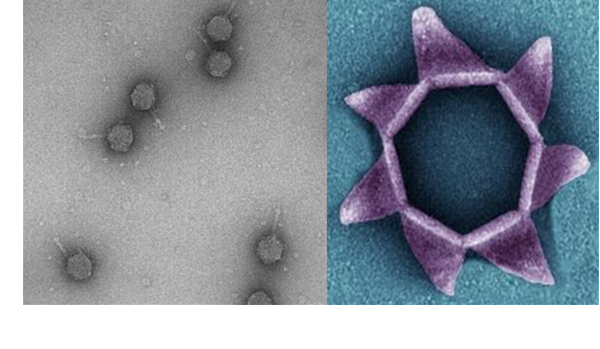Research Highlights
Prof. dr.Tessa Quax

The Biology of Archaea and Viruses group led by Tessa Quax is interested in the infection mechanisms of archaeal viruses. We focus specifically on viruses of halophilic archaea as they offer the exciting possibility to combine genetics with life cell imaging and fluorescent microscopy approaches, allowing the study of dynamics of infection. In nature, there are ten times as many viruses as there are microorganisms. Archaeal viruses are famous for the high diversity of their virion morphologies, but relatively little is known about their infection strategies. We study the infection mechanisms that archaeal viruses employ in order to enter the host cell, establish a successful infection, and to redirect the cellular resources for their own reproduction. The bacterial and archaeal cell envelopes are fundamentally different, and consequently archaeal viruses face different challenges as their bacterial counterparts. For only a handful of these archaeal viruses, entry and egress strategies have been studied. For example, a tailed archaeal virus uses the mail cell-wall component of haloarchaea as a receptor and binds first with the virion head before genome delivery[1]. We aim to characterize more infection strategies of archaeal viruses, in order to shed light onto the viral evolutionary history and impact of viruses in different ecosystems.
[1] Schwarzer S, Hackl T, Oksanen HM &Quax TEF (2023) Archaeal host cell recognition and viral binding of HFTV1 to its Haloferax host. mBio 14(1): e01833-22. (DOI: https://doi.org/10.1128/mbio.01833-22).
| Last modified: | 20 October 2023 3.05 p.m. |
